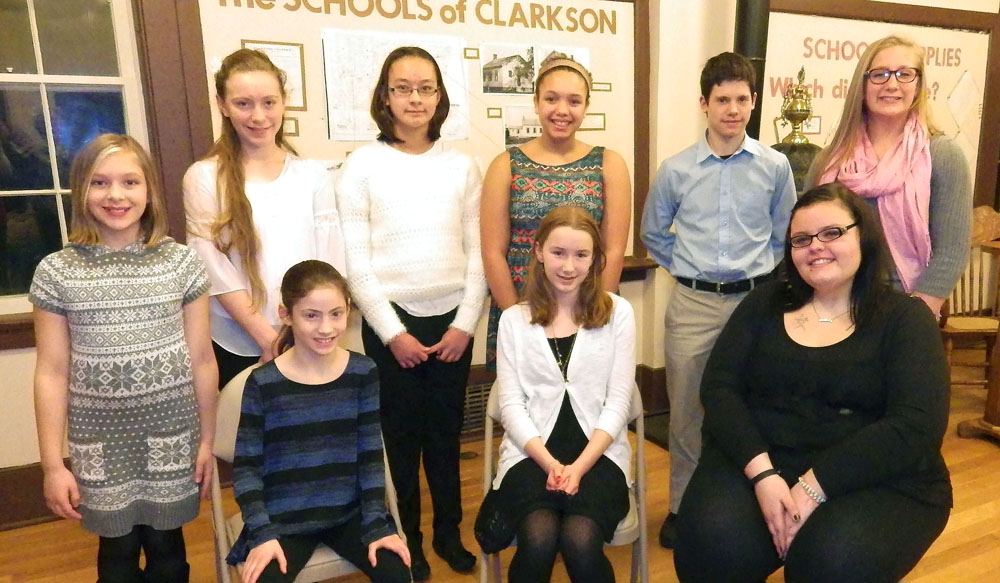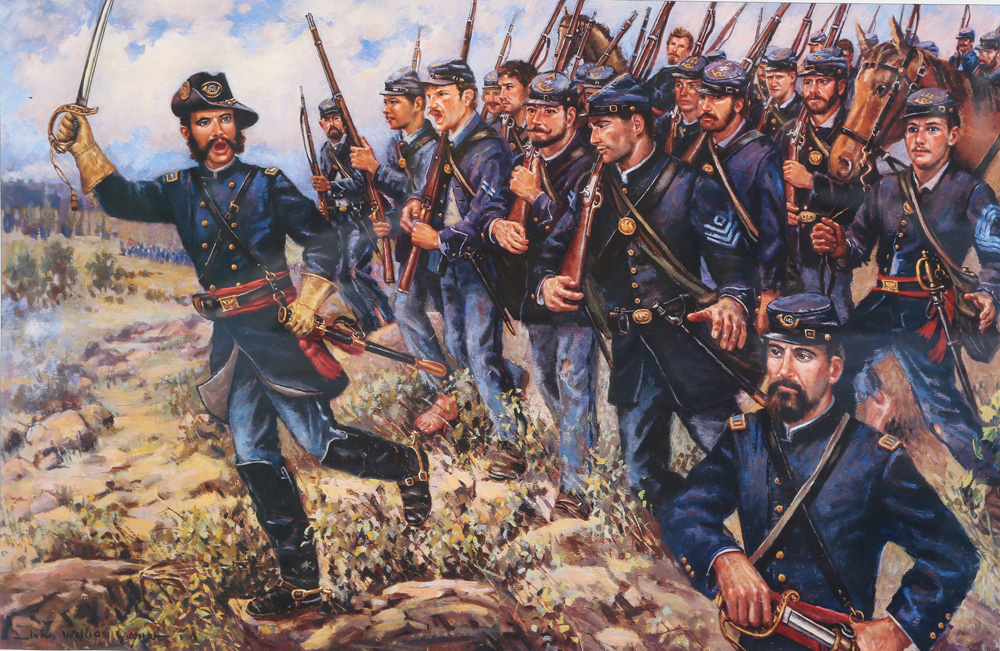History of Parma Center – Part 4 of 4 – Southwest Corner
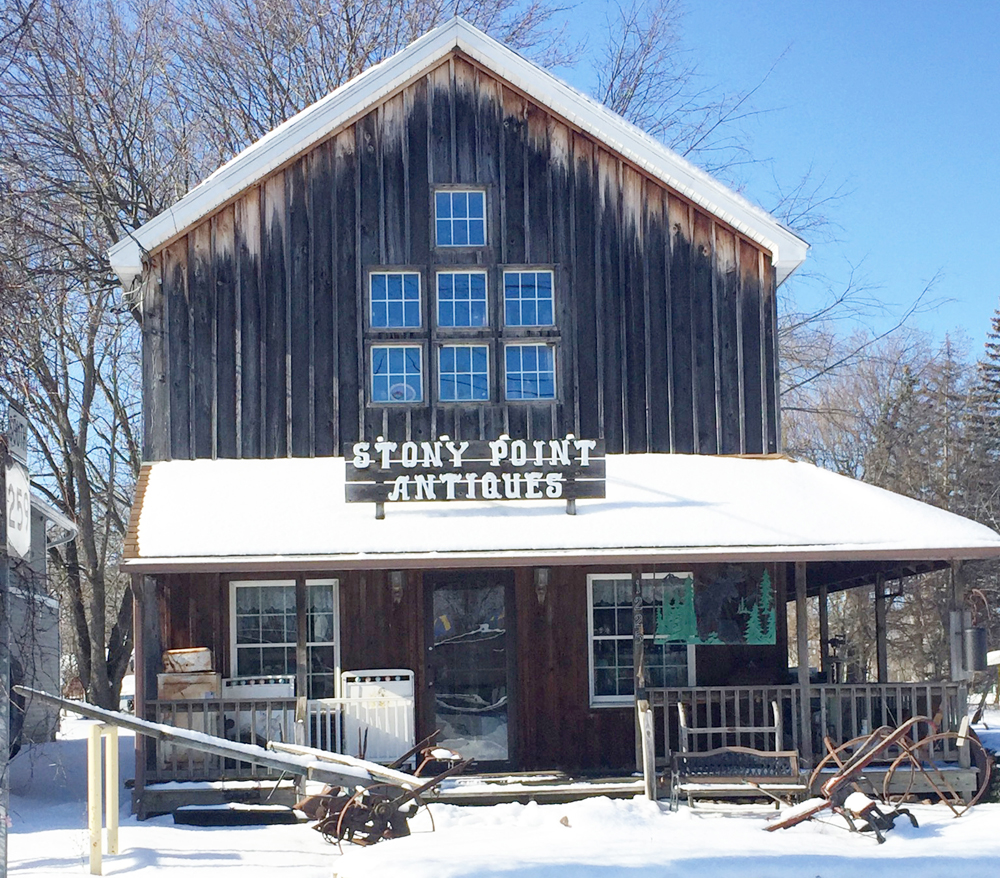
by David Crumb
Parma Town Historian
In the history of the Atchinson family, it was noted that when the first surveyors marked out the north-south and east-west roads they placed an old wooden hub from a wagon wheel at the southwest corner, and stated to the locals that “this is the center of your town.” Over the years, residents called their hamlet “the Hub of the Universe.” Folks living several miles distant would tell their neighbors, “We’re going over to the ‘Hub’ for a while.” Probably they were going to shop, see if they had any mail, or just to hear the news of the day at the general store. Shirley Cox Husted, former town historian, memorialized that colloquialism in her 1985 book, Parma, N.Y.-The Hub of the Universe.
The most imposing building at old Parma Centre was the Chauncy Knox general store built in 1830 and filling the entire southwest corner. While on a trip to Rochester in 1835, Knox was about to catch the stage back to Parma Corners when he realized that he needed to pay his insurance premium for the store and contents. When he stopped at the insurance office, the clerk told him he was closed. Knox told the clerk he could easily go to his competitor down the street and get a new policy. The clerk relented and renewed his store and contents policy. Knox returned home, went to bed, and awoke early in the morning to find his store in flames. His foresight in renewing the policy saved his business, and in one year he rebuilt the store complex identically the same as the original structure with the insurance money.
The new store, finished in 1836, included a main building that served as the general store. To the south was a connecting barn with a second-floor storage facility. Later a shop for selling wagons and harnesses was attached to the barn. That building survives and is today an antique shop. In the rear of the store building was an attached residence for the owners. This store dominated Parma Center for 158 years until it burned in 1994. It was operated as a general store for most of its life. Names of successive owners were: Knox, Odell, Leonard, Hill and Campbell, Denniston, Zellwager, Ainsworth, Barons, Butcher, LaCour, Frisbee, Whelan, and lastly Galaxy Auto Parts.
This store was where the action was at Parma Center. Merchandise was purchased or traded, deals were made, horses were watered, mail arrived, and news and gossip were exchanged. Customers walked from miles around to come to the store and do their shopping and meet friends. During the years before the Civil War, it was said the old store served as a station on the Underground Railroad. Former historians claimed there was a tunnel connecting the basement of the store to the Twentymon coffin shop where the escaping slaves could be safely hidden in the caskets as they awaited their next stop at Lake Ontario and finally freedom in Canada. No documented evidence of this lore exists … only stories passed down through the years by local residents from stories they had heard in their youth.
The face of Parma Center was sadly changed forever when people noticed the charred remains of the old store during the winter of 1994 as they drove on Route 259. An overheated space heater was said to be the cause. The corner was cleared of debris and later turned into a parking lot. The old wagon shop was restored by Neil Totten, owner of Stony Point Antiques, and today customers can tour the interior of the old building while they shop.
The building to the west of the antique store is the 1863 Free Methodist Church edifice. This old church building was deconsecrated in the 1960s and later served for many years as Zarpentine’s Tire Store. Recently it has again been nicely remodeled for retail use. To the west of that building was the Newton-Odell Greek Revival Style farmhouse. This home in its day was the most imposing residence at the Center. It was the original farm home of the Newton family which included 180 acres complete with a large barn complex and outbuildings. The old home with its six chimneys, 12 to 18 rooms, and cobblestone foundation had been unoccupied for many years and was left to the wind and weather. In 2019, the new owners demolished the old landmark, and all that remains of a once prosperous farmstead is the old milk house perched on the hill by the driveway.
West of the general store once stood the first Parma Town Hall. Originally this simple building with its’ 12 over 12 pane federal style windows served as the first Presbyterian Church organized by Rozwell Atchinson. When the new 1844 Presbyterian Church was built, this building was deeded to the Town of Parma for its’ first Town Hall. In later years it served as Charles Tubb’s Dairy for his milk route. Finally it was moved to 1258 Hilton Parma Corners Road by Chester LaDue and remodeled into a private residence. It still stands and while the lines of the building are the same, one would not recognize it as the old 1830 Parma Town Hall.
The Parma Center School District No. 1 still stands and is now a handsome private residence complete with its original cupola and school bell. It was built around 1849 on land purchased from Rozwell Atchinson. In 1915 the frame building was enlarged to create the appearance of today.
District No. 1 continued to serve as a school until the early 1950s. Parma district schools were officially decentralized in 1949, but some continued to operate a few years longer until all students could be appropriately integrated into the Hilton Central School system. There are still local residents who recall going to District No. 1 when Mrs. Fowler, Laura Downes, and later Marion Anderson Schultz taught grades one through eight in two rooms. In one of the homes going west lived Willie and Tillie Burritt Smith. Willie was lost at sea on his way to America after his ship was wrecked in a storm, but he survived the ordeal by clinging to a wooden spar until rescued. He recovered and completed his trip and joined his family in Parma. Both Willie and Tillie lived into their 90s in a time before penicillin. Sadly, they outlived all of their children. A stone marking their children’s deaths sits in front of the old Presbyterian meeting house.
Parma Center, once home to 25 small businesses, has changed considerably from the days before asphalt roads, automobiles, and traffic lights. Many of the old landmarks are gone, but new businesses still operate, and new developments are taking place to insure the continuation of one of Parma’s most historic locations. Parma Town Hall, located about one-quarter mile south of the center on the east side offers one of the best municipal parks for families and residents of all ages in Monroe County.
The Parma Hilton Museum is located on the park grounds and is open from April to November on Sundays from 2 to 4 p.m. Ken Freeman, museum curator and a descendant of the Odell family of Parma Center, organizes monthly programs on the first Monday of each month that are free to the public. The Parma Hilton Historical Society is thriving with a membership of over 140 members. The society celebrated its 50th anniversary May 18, 2019 and 170 guests celebrated the event at Hilton Fireman’s Exempt on South Avenue. New York State Historian, Devin Lander, and Carolyn Vacca, Monroe County historian, were the honored guests.
For those wishing to learn more about Parma-Hilton History, visit the “state of the art” Parma Historical Society website expertly created by PHHS Trustee, Tammy Mullen. Here a visitor can access a tremendous amount of past, present and future historical information that includes articles on local history, future meeting dates and times, genealogical information and new and timely updates on coming attractions.
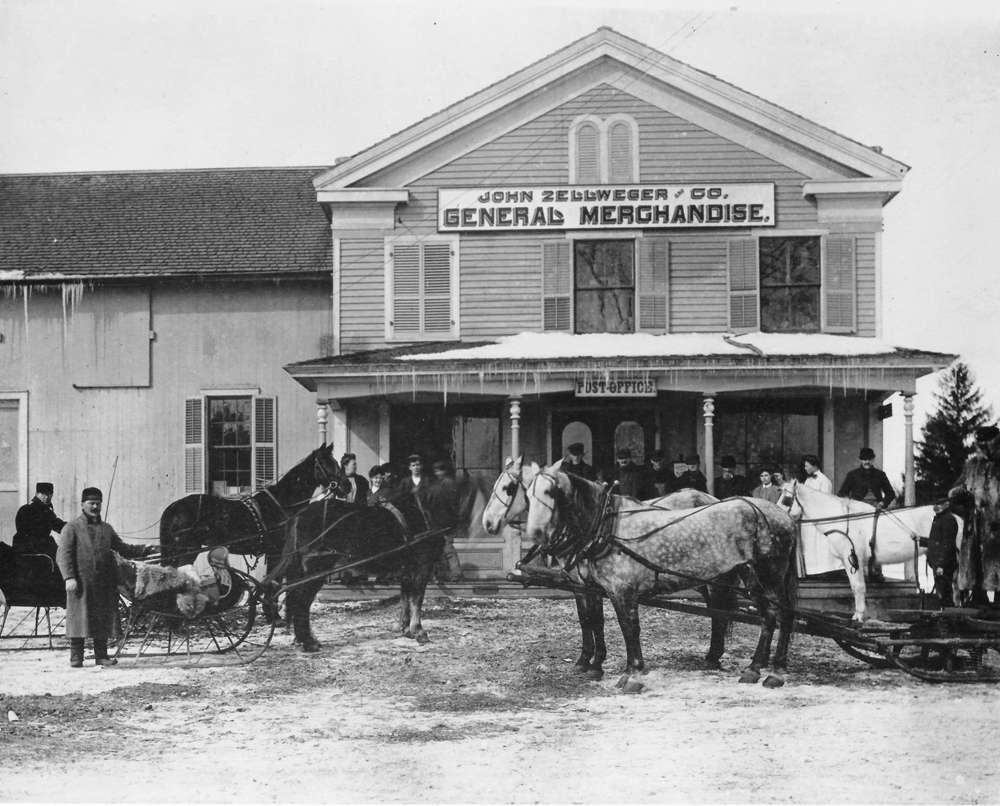
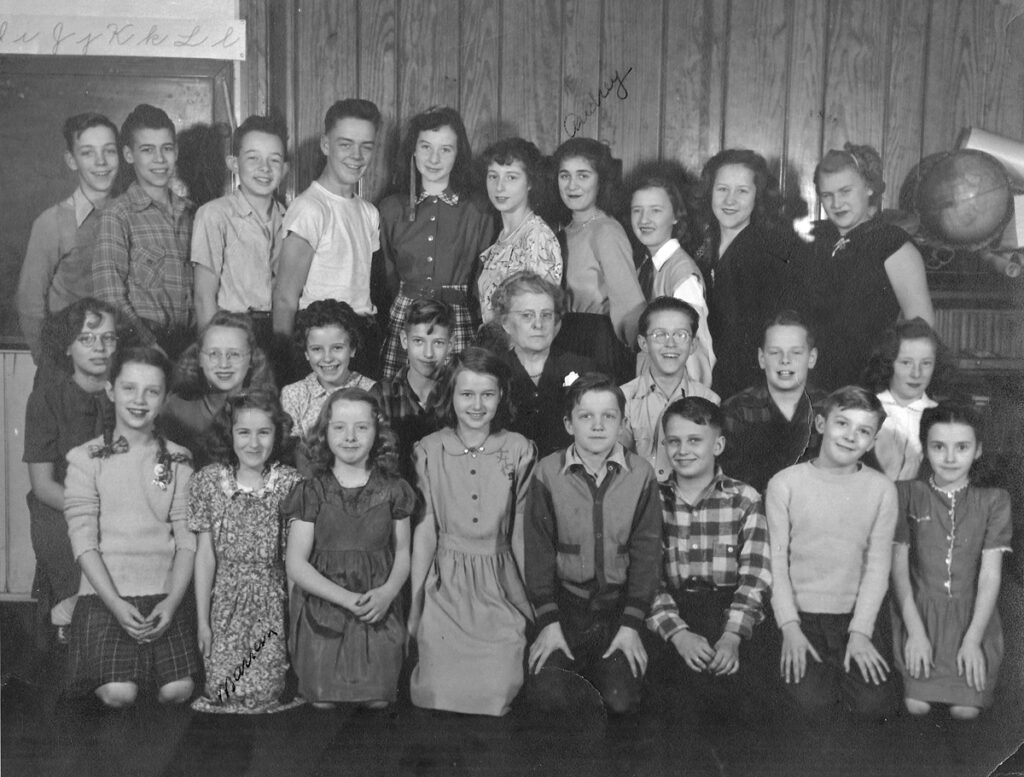
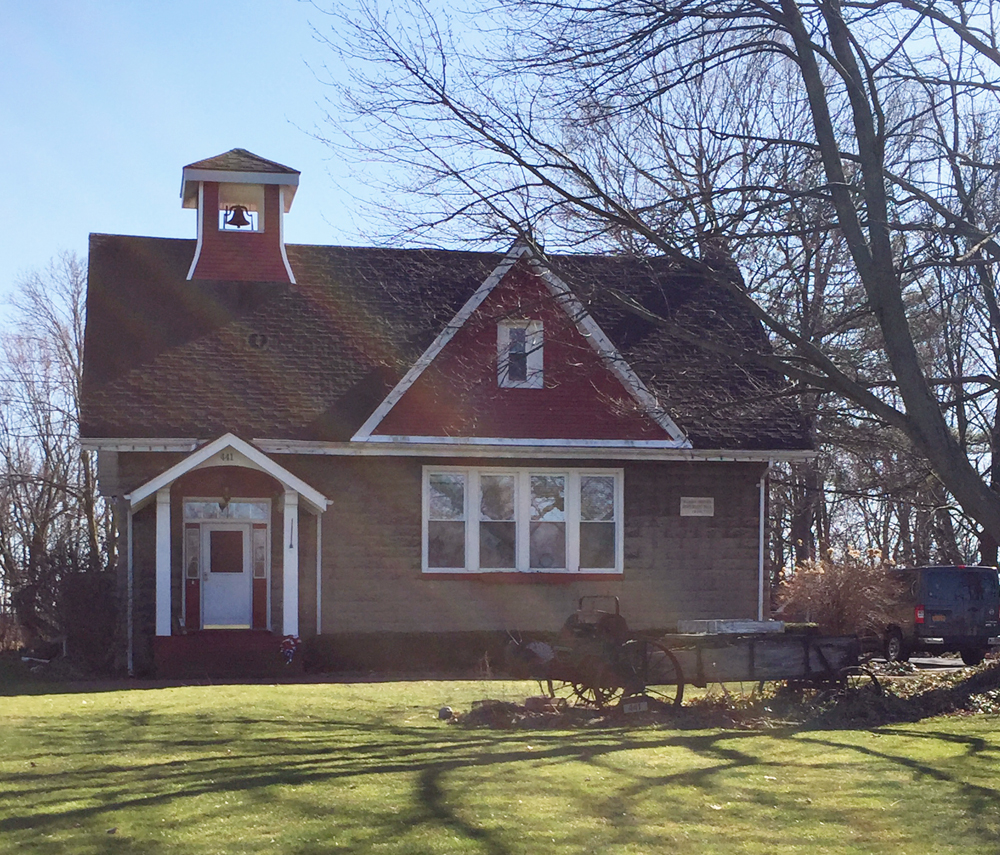
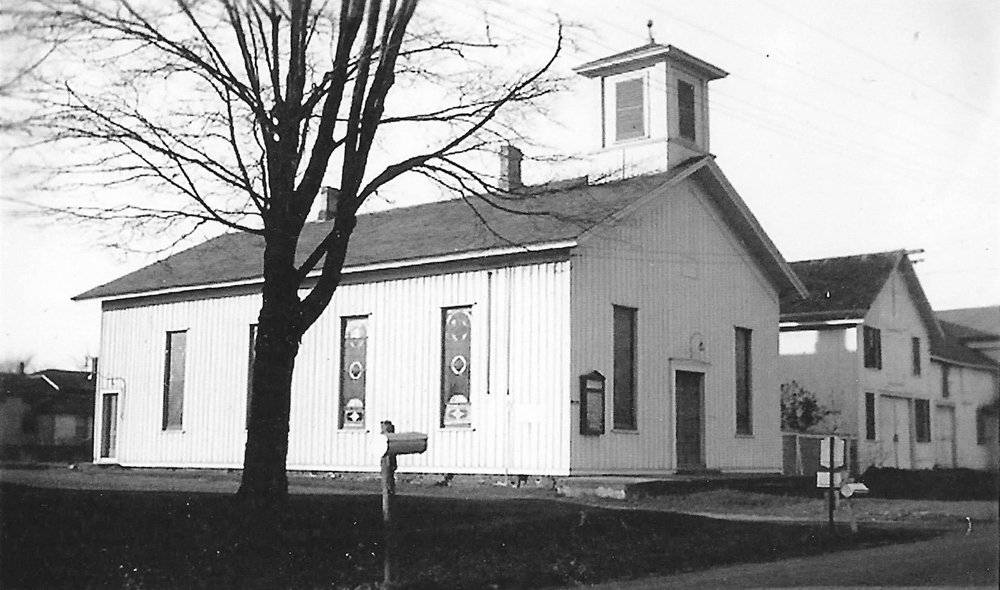
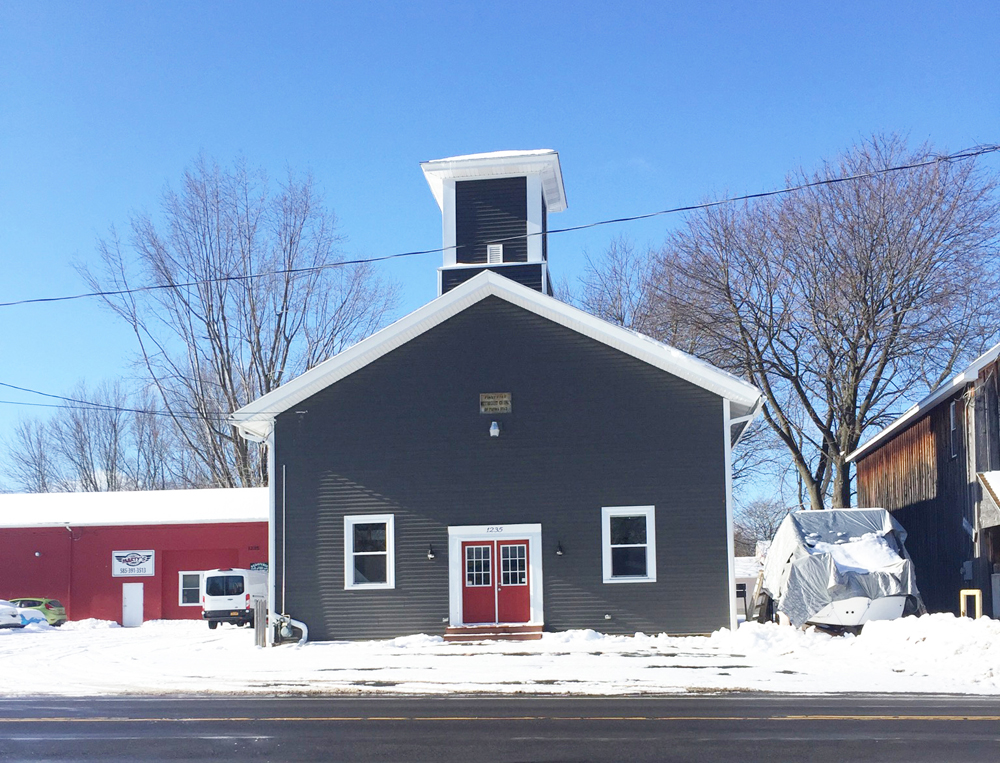
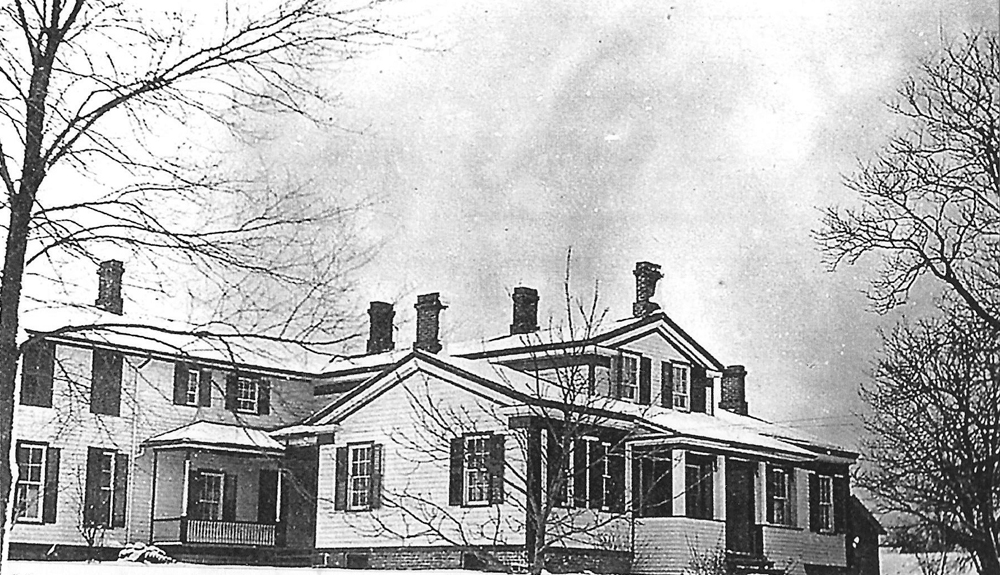
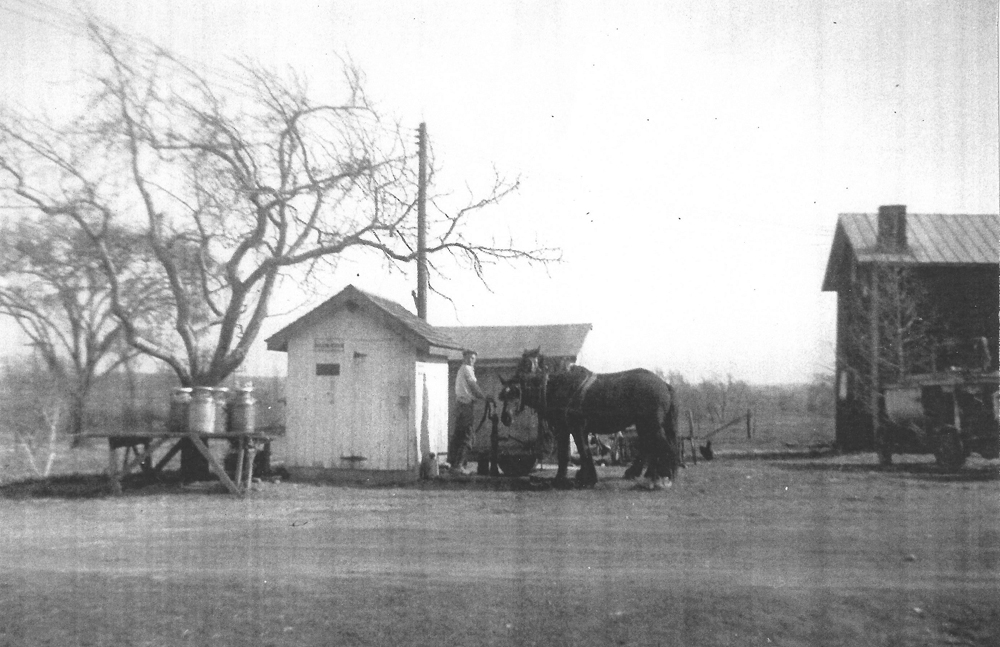
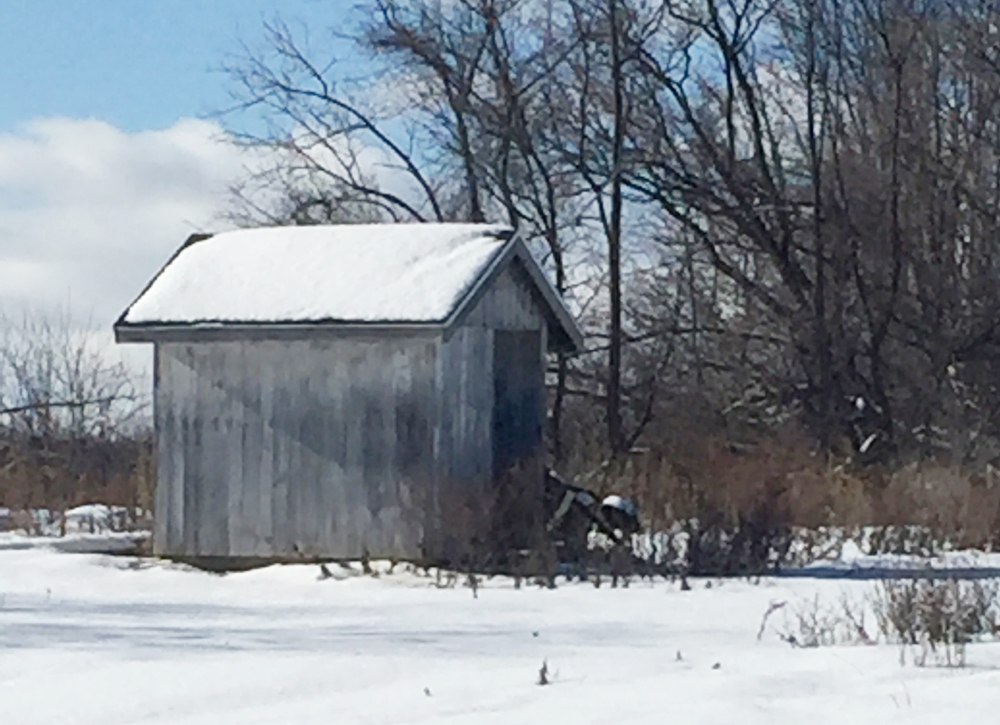
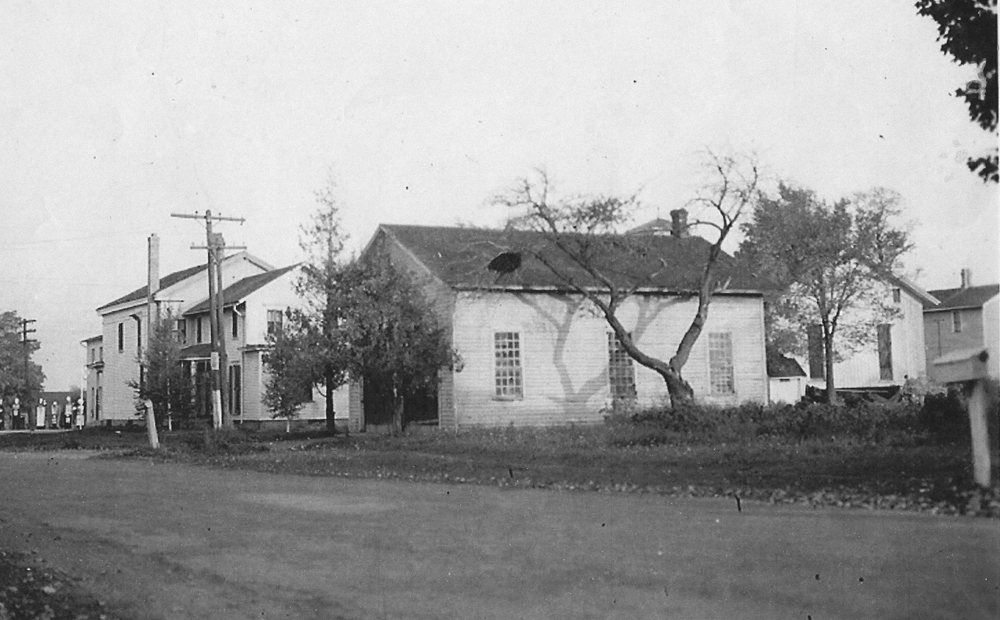
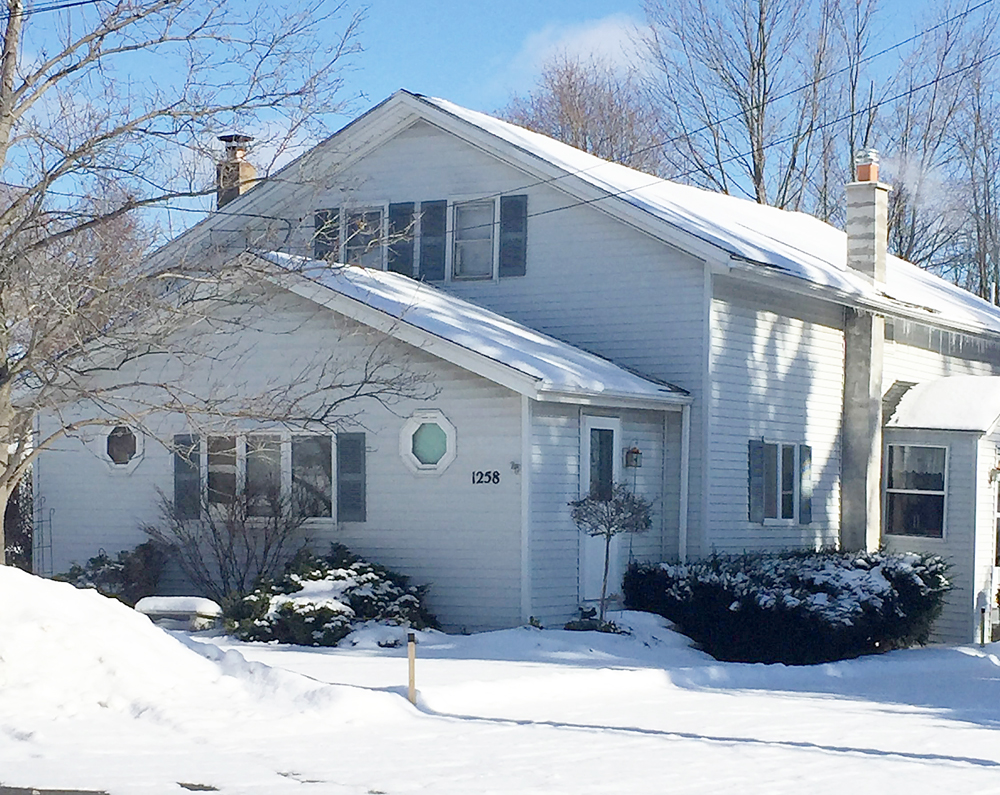
The historical photos used in this series are from the Parma Town Historian’s collection.


